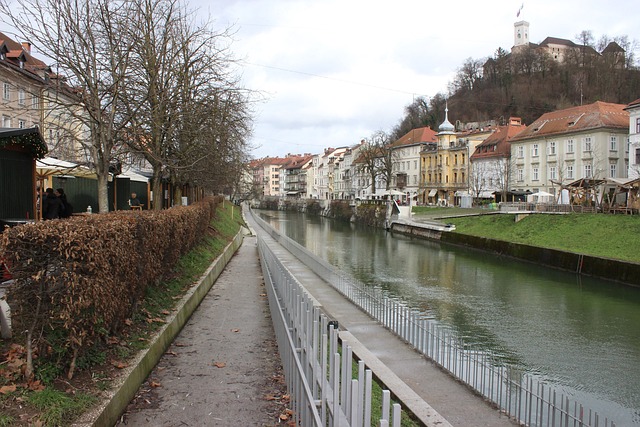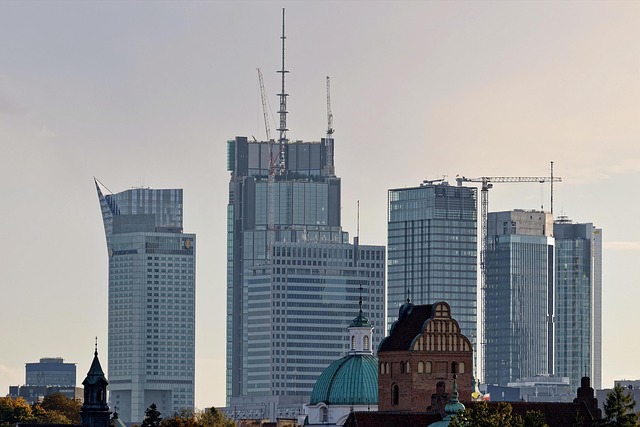In Karachi, where air pollution is a major issue, understanding the Air Quality Index (AQI) through online platforms and apps empowers residents to take preventive measures. DHA Defence's poor air quality is affected by vehicle emissions, sea fog, industrial activities, and weather conditions like inversions. Advanced monitoring stations track pollutants in real-time, while historical data analysis and modeling predict future trends. To combat pollution, Karachi should encourage cleaner transportation, implement stricter industrial regulations, promote green buildings, renewable energy, effective waste management, tree planting, and conduct community awareness campaigns.
Karachi, Pakistan’s bustling metropolis, faces significant air quality challenges, with the Air Quality Index (AQI) often surpassing safe levels. This article delves into the complex factors affecting air pollution in DHA Defence, one of Karachi’s prominent areas. We explore the AQI monitoring system and assess its effectiveness. Furthermore, we present strategies to improve air quality, offering insights into navigating Karachi’s environmental landscape and fostering a healthier urban environment for its folks.
- Understanding the Air Quality Index (AQI) in Karachi
- Factors Affecting Air Quality in DHA Defence Area
- Monitoring and Assessment Methods Used in Karachi
- Strategies to Improve Air Quality in DHA Defence, Karachi
Understanding the Air Quality Index (AQI) in Karachi

In Karachi, understanding the Air Quality Index (AQI) is crucial for navigating the city’s often challenging air pollution levels. The AQI is a standard measurement that provides a comprehensive picture of air quality by assigning a numerical value to various pollutants in the atmosphere. This index ranges from 0 to 500, with lower numbers indicating better air quality and higher ones signaling potential health risks. Karachiites can access real-time AQI data through various online platforms and mobile applications, empowering them to make informed decisions about outdoor activities and ensuring their well-being.
By keeping a close eye on the AQI, residents of Karachi can take proactive measures to protect themselves from air pollution. During high AQI periods, it’s advisable to limit exposure to outdoor activities, wear masks when stepping out, and ensure proper ventilation indoors. This collective awareness and action can significantly contribute to improving air quality in the city, making Karachi a healthier place to live for its residents.
Factors Affecting Air Quality in DHA Defence Area

The air quality in DHA Defence, Karachi, is influenced by a myriad of factors that contribute to its current state. One of the primary concerns is vehicle emissions from the dense network of roads and highways crisscrossing the area. With a high number of vehicles on the roads, the continuous combustion of fuel releases pollutants like nitrogen oxides, carbon monoxide, and particulate matter into the air. Additionally, industrial activities in nearby areas also play a significant role. Factories emit toxic gases and particles, further compromising the region’s already fragile air quality.
Geographical location is another critical aspect. Karachi’s coastal position exposes it to sea fog, which can trap pollutants and create a layer of haze. Wind patterns can also carry industrial emissions and dust from construction sites into DHA Defence, especially during dry seasons. Moreover, weather conditions like inversions, where warmer air traps cooler air close to the ground, impede air dispersion, allowing pollutants to accumulate and negatively impact local air quality.
Monitoring and Assessment Methods Used in Karachi

In Karachi, the Air Quality Index (AQI) is monitored and assessed using advanced techniques to ensure accurate data collection. The city’s environmental agencies employ a network of monitoring stations strategically placed in various districts to track air pollution levels. These stations are equipped with sophisticated sensors that measure key pollutants such as particulate matter (PM2.5 and PM10), nitrogen oxides (NOx), sulfur dioxide (SO2), ozone (O3), and carbon monoxide (CO). Data is continuously collected and transmitted to central databases, allowing for real-time monitoring of air quality across the metropolis.
The assessment methods in Karachi also include comprehensive studies that analyze historical data, conduct environmental impact assessments, and employ modeling techniques to predict future trends. These approaches provide a holistic view of the city’s air quality, highlighting areas of concern and guiding the implementation of effective mitigation strategies. By leveraging these monitoring and assessment methods, Karachi is better equipped to address its unique environmental challenges and work towards improving overall air quality for its residents.
Strategies to Improve Air Quality in DHA Defence, Karachi

To improve air quality in DHA Defence, Karachi, several strategic initiatives can be implemented. One key approach is to promote cleaner transportation options, such as electric vehicles and public transit, by offering incentives and infrastructure support. This can significantly reduce emissions from traffic congestion, a major contributor to poor air quality in urban areas like Karachi.
Additionally, enforcing stricter industrial regulations and implementing green building practices can go a long way in mitigating pollution. Encouraging the use of renewable energy sources, proper waste management, and planting more trees throughout the district can also help absorb pollutants and create a healthier environment. These strategies, combined with community awareness campaigns, can lead to sustained improvements in air quality in DHA Defence, Karachi.
The air quality in DHA Defence, Karachi, is a complex issue influenced by various factors. By understanding the Air Quality Index (AQI) and the contributing elements, we can implement effective strategies to improve the environment. Monitoring and assessment methods play a crucial role in gauging progress, while adopting sustainable practices and collaborative efforts are essential to enhancing air quality in this vibrant city of Karachi.
